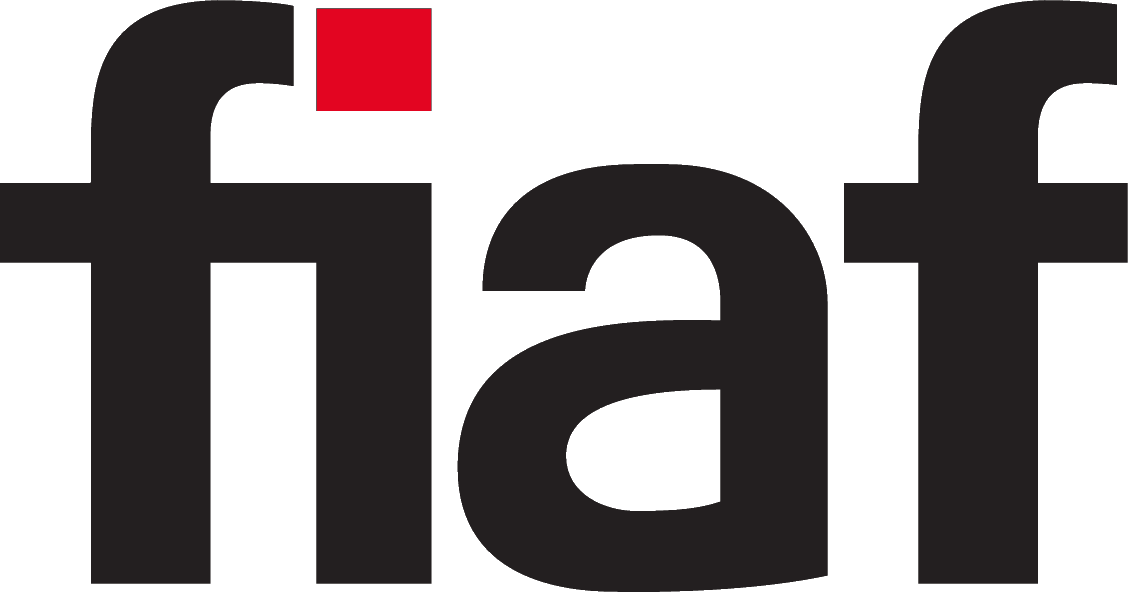 IU Libraries/ Noel Photos
IU Libraries/ Noel Photos
You are probably aware that a page of the FIAF website maintained by the FIAF Programming and Access to Collections Commission (PACC) references FIAF affiliates’ websites, YouTube channels and other streaming platforms that provide free access to a wide range of film heritage gems from all over the world – amateur films, documentaries, newsreels, short fiction, animation, recently restored feature films, etc… That’s literally tens of thousands of films for us to enjoy, at a time when so many cinemas have been closed and billions (!) of us around the world have been confined to our homes with our computers, tablets, and smartphones, because of the COVID-19 pandemic.
While we are strongly encouraging all film buffs out there to explore the large online film collections of the dozens of streaming platforms referenced on that dedicated webpage, we know that browsing through tens of thousands of titles can be a rather daunting experience. So we thought that we could ask YOU to play programmer and suggest a personal programme of films selected from all those freely accessible online. It will then be published below, for everyone's enjoyment.
If you are interested in contributing to this collective programming exercise, please open, fill in and submit this ONLINE FORM. Do add a short introduction explaining your programming choices if you can (it doesn't have to be in English), as well as the title, date (if known), running time and exact URL of each film in your programme, and the institution it comes from. Note that if you are a registered member of the FIAF community and you are logged in, your personal details will already be filled in. Also note that you will be still able to modify or remove your programme even after you have submitted it (you will receive a unique URL by email allowing you to access your form).
The only rules we would like to set are as follows:
- The total length of the programme must not exceed 90 mins, unless it includes a feature-length film, as the purpose of this exercise is to encourage creative programming within a limited timeframe rather than endless playlists;
- Please do not include more than one film from any one streaming platform.
You can find below the list of all programmes already submitted (the most recently-submitted one appears on top).
Submitted Programmes
This selection of films explores the complex, dependent, and intimate relations between humans and creatures of the deep. Whether fishing for entertainment, sustenance, commerce, or sheer pride, people from around the world have engaged in this exploit of the waters. The program voyages through the varying ways that humans seek, interact with, portray, or utilize these aquatic beings. A fishing competition, a whaling expedition, a portrait of coastal life, a cooking companion, a tranquil day of angling—some of the works appear barbaric, while others are eerily dreamlike or comically playful. These documentary and fictional images encourage us to ask ourselves, why does this fascination with fish and fishing exist? Is it just the thrill of the chase, necessity, greed, or something else? What role does the water-based individual play in each of the narratives, different cultures, or singular lives? Why do we seek to destroy the things we cherish—the things of scintillating and organic beauty and allure? Perhaps we are driven by the illusion of purpose, or maybe we just do not know any other way.
Ce programme est une « balade » au sein des collections des différentes archives internationales de la FIAF, à la découverte des trésors qu’elles recèlent en cinéma d’animation. Non thématisé, suivant plutôt un classement chronologique, il témoigne de mes émerveillements et envies de faire découvrir à mon tour ces films.
1.Un des premiers, si ce n’est le premier documentaire animé de l’histoire du cinéma, signé Winsor Mc Cay – créateur de Little Nemo, pionnier du cinéma d’animation (Gertie le dinosaure) et artiste engagé (Le naufrage du Lusitania est un film de propagande recréant le naufrage en 1915 du paquebot britannique RMS Lusitania, lequel n'a jamais été photographié, afin de convaincre les Etats-Unis d’entrer dans la 1ère Guerre mondiale).
2. Pour rester sur les grands pionniers, voici un film du trop rare Segundo de Chomon, l’un des maîtres incontestés des premiers trucages cinématographiques et des débuts de la mise en couleurs des images animées.
3. On saute dans les années 40, avec ce film produit par le ministère britannique de l’Information de la Seconde Guerre mondiale, sur la sécurité routière encourageant les enfants à s’arrêter et à regarder avant de traverser la route.
4. Autre véritable découverte, pour moi qui aime beaucoup les films de marionnettes, une publicité de 1948, dans le fonds de la Cinémathèque suisse.
5. Voici le premier dessin animé thaïlandais réalisé par Payut Ngaokrachang dont je ne sais rien (il a une page wikipedia) ! Une belle curiosité…
6. Au gré de mes pérégrinations, je suis tombée sur le cinéaste d’animation danois Bent Barfod qui a contribué au renouveau de la production d’animation danois (et dont la marque de fabrique est le papier découpé). Une nouvelle cinématographie inconnue à explorer.
7. Petit bond dans les années 70, je découvre, dans les archives du Lichtspiel/ Kinemathek Bern, un très joli film de Bettina Truninger, dessinatrice, peintre, caricaturiste et illustratrice.
8. Pour ceux qui ne le connaissent pas, le grand réalisateur d’animation polonais Jerzy Kucia que j’ai eu le plaisir de fréquenter à plusieurs reprises, est à l’honneur à la Filmoteka Narodowa - Instytut Audiowizualny (FINA).
9. Un passage par le site du Eye Filmmuseum me permet de revoir un peu d’images de William Kentridge. Originaire d’Afrique du Sud, avant tout dessinateur, il est également graveur, sculpteur, cinéaste, acteur et metteur en scène. Son œuvre foisonnante offre une vision tout à la fois poétique et critique de sujets parmi les plus délicats comme la décolonisation, l’Apartheid, les conflits politiques ou le rôle de l’Afrique dans la Première Guerre mondiale.
10. Pour finir, deux œuvres de jeunes cinéastes des années 2010 :
* Dans le fonds d’Indiana University, je visionne un extrait d’un film en volumes à la personnalité forte, signé Kristin Dowell, qui n’est pas sans faire penser au travail des frères Quays.
* A l’époque, la découverte du court métrage d’Adrien Merigeau en festival fut un enchantement, le retrouver et le partager, est une joie : Old Fangs (co-réalisé avec Alan Holly) sélectionné à Sundance en 2010, est petit bijou du film d’animation dont le trait et le style semblent à première vue éloignés de l’univers « celtique » de Tomm Moore mais qui à y regarder de plus près contient déjà de jolies passerelles entre les deux cinéastes.
27-30 July 2025
2nd Decasia Archive Film Festival, Lagos





